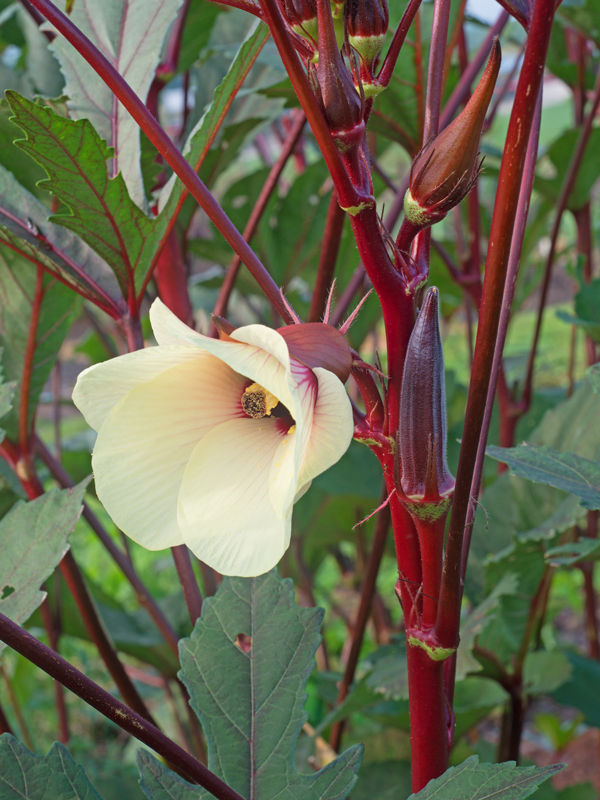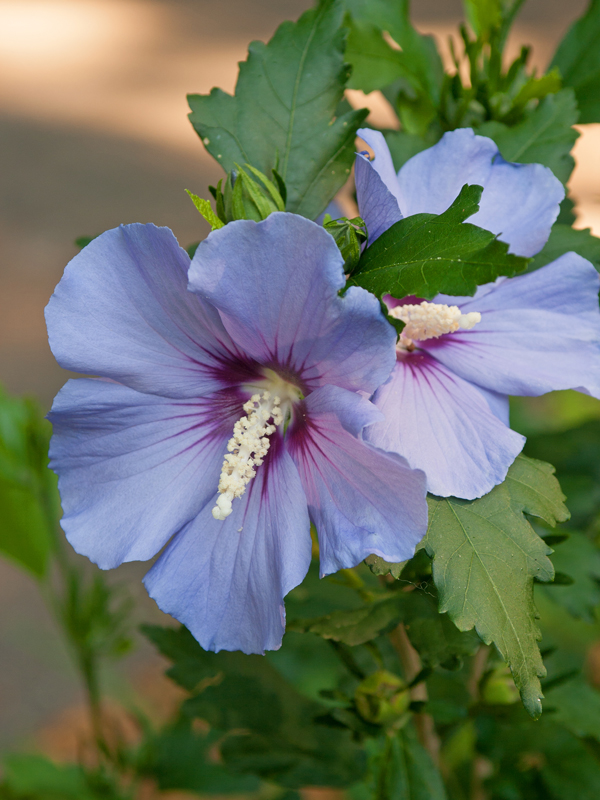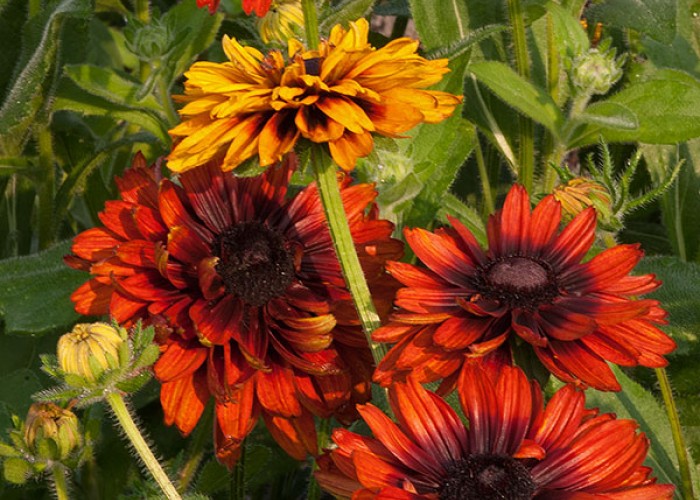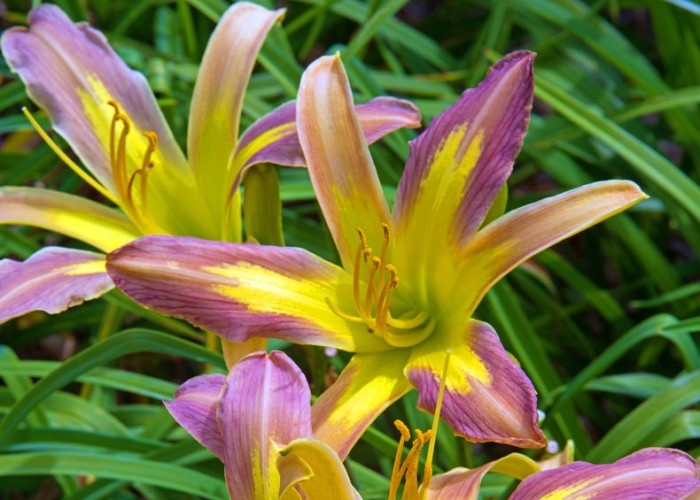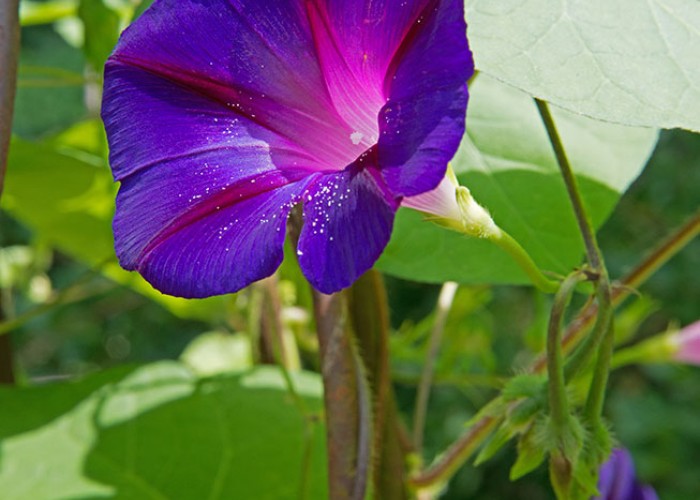Ornamental Edibles
Plus Garden To-Dos for March
By L.A. JacksonSpring will soon be in full swing, and I am sure many green thumbs are starting to itch for time tending to vegetable plants. However, while the thought of a large, well-tended veggie patch brimming with produce is a desirable goal, many backyard growers find they just don’t have the space — nor the desire to tend to — a full-blown vegetable garden.
This doesn’t mean growing your own vegetables is out of the question because, with a little bit of creativity, you can still dabble with veggies by simply incorporating some of the better-looking edibles as ornamentals in your flower beds and perennial borders.
There are many vegetables quite capable of mixing it up and holding their own visually with typical ornamental plants. The one caution for such creative plantings is to make sure that, if you use pesticides, they are cleared for use on edibles.
Hot peppers are my go-to veggies for show because they come in a wide range of colors and shapes, from the multi-hued “Tabasco” to the burning orange “Habanero” to the scorching red “Carolina Reaper.” Compared to the various snazzy shapes of hot peppers, bell peppers might seem a bit blocky, but such cultivars as the aptly named “Purple Beauty,” “Orange Sun” and “Yellow Belle” can still bring their own version of unexpected color to an ornamental garden.
Also, okra is a cousin to hibiscus ornamentals and flaunts similarly pretty blooms. To add to its floral beauty, plant selections like the heirloom “Red Velvet” or “Burgundy” also show off stunning deep red branches, leaf veins and pods.
Even leaf lettuce can be a foliar floozy when massed in the front of a flower border. Typical cultivars sport bright, eye-catching green leaves, but why not go to the dark side with handsome, red-tinted cultivars such as “Ruby” or “Red Sails?”
Herbs can be ornamental helpers in the landscape, too. The appealing feathery grace of dill and fennel is obvious, but the bushy, deep green foliage of curly parsley can make for a surprising addition to border edgings. Also, purple basil, especially cultivars like “Purple Ruffles” and “Crimson King,” can poke playful shadows into summer beds slumbering in green. In addition, the pink blossoms of common chives and the white blooms of garlic chives are now being used more and more by sharp gardeners as flower bed fillers.
Garden To-Do's for March
To prune or not to prune? At this time of year, that is the question. For woody ornamentals such as clethera, vitex, beautyberry, pomegranate, abelia, rose of Sharon, crape myrtle and butterfly bush (which flower in the late spring and summer on new branches formed in the current growing season), prune at the beginning of this month. Early bloomers such as Carolina jessamine, spirea, viburnum, deciduous magnolia, flowering quince, forsythia, witch hazel, kerria, mock orange, weigelia and camellia (Camellia japonica) blossom on established branches, so wait until their fancy flower shows are finished before snipping them into shape or down to size.
- Ground covers and grasses will be waking up this month, but before they begin to grow, correct any pathways around them that have loose or unlevel pavers, bricks or stepping stones to prevent springtime walks through the garden from becoming springtime stumbles.
- Migratory garden friends on the wing should be returning now, so give them a welcome by cleaning up bird houses and feeders. Also, give the birdbath a good washing.
-
More March gardening tips
-
Share this story:

